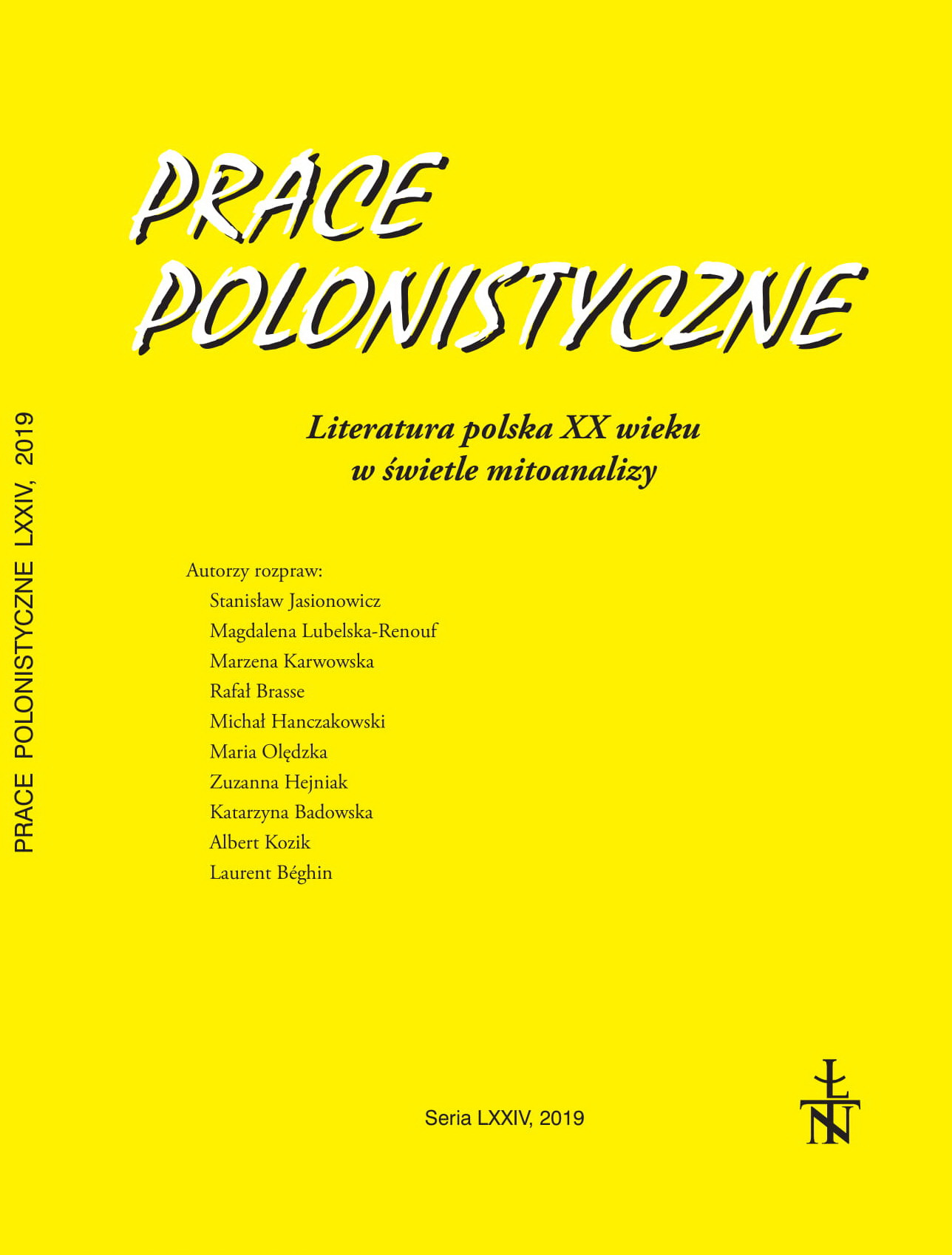STRUKTURY WYOBRAŹNI CZESŁAWA MIŁOSZA I GILBERTA DURANDA
THE ANTHROPOLOGICAL AND ANALOGICAL STRUCTURES OF THE IMAGINARY IN THE WORKS OF CZESŁAW MIŁOSZ AND GILBERT DURAND
Author(s): Magdalena Lubelska-RenoufSubject(s): Studies of Literature
Published by: Łódzkie Towarzystwo Naukowe
Keywords: anthropological structures of the imaginary; imagination; image; myth; symbol
Summary/Abstract: Gilbert Durand, the author of the classic Les structures anthropologiques de l’imaginaire (published in English as The Anthropological Structures of the Imaginary), initiated a new area of research in the humanities, first in France and then worldwide. This approach involves the morphological classification of the broadly conceived structures of the imaginary, encompassing the symbols, images, and myths that are specific to a given author or culture. Drawing on various different disciplines, Durand’s work can be seen as a vast undertaking aimed at rehabilitating the imaginary. For Durand, the imaginary is art of human intellectual life and an essential aspect of human nature. Dreams, symbols, and images together constitute a kind of “transcendental fantastic”, without which a human being cannot experience wholeness or completeness. The article argues that the works of Czesław Miłosz, in which images form veritable magnetic fields gravitating around a number of central poetic symbols, can be read as a practical implementation of Durand’s theories.
Journal: Prace Polonistyczne
- Issue Year: 2019
- Issue No: 74
- Page Range: 29-51
- Page Count: 23
- Language: Polish

